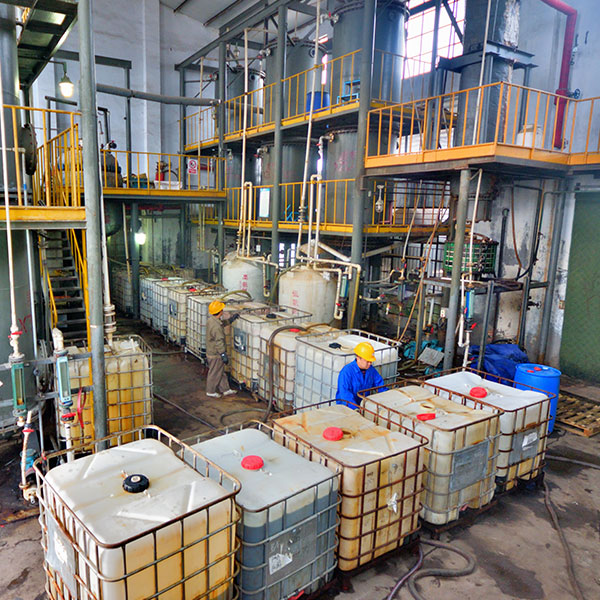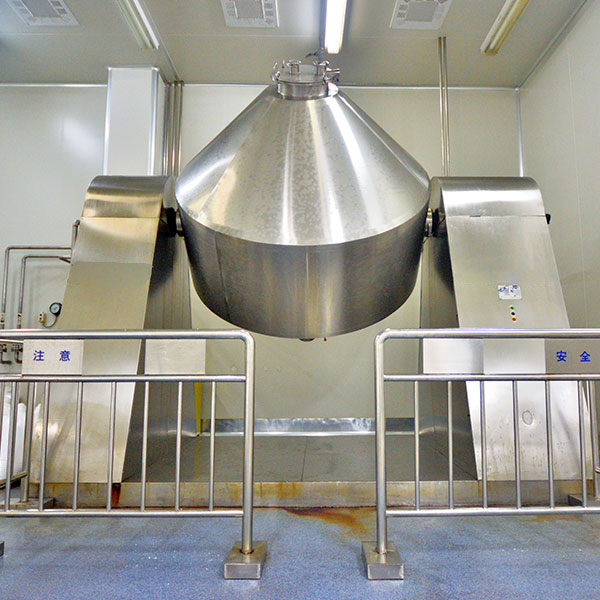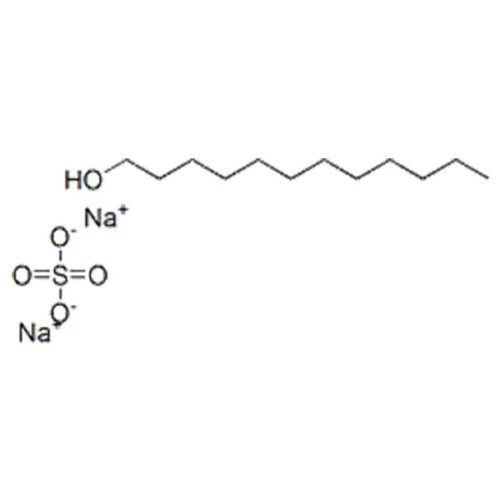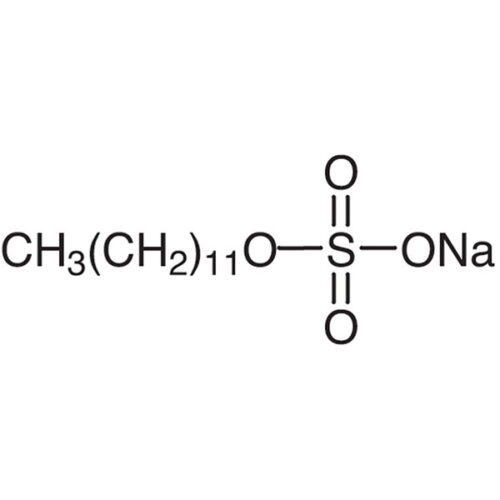Sodium Lauryl Sulfate 94% (SLS94)
CAS:151-21-3;Dodecyl sulfate sodium salt; Lauryl sulfate sodium salt; SDS; Sodium lauryl sulfate; Laurylsulfuric acid sodium salt; Dodecylsulfuric acid sodium salt; Sodium dodecyl sulphate,K12

| Purity / Analysis Method | ≥94 |
| Molecular Formula | C12H25NaO4S |
| Molecular Weight | 288.38 |
| Appearnce | White Needle |
| CAS Number | 151-21-3 |
| MDL Number | MFCD00036175 |
| EC Number | 205-788-1 |
| Petroleum ether soluble substances | ≤1.5 |
| Inorganic salts (Na₂SO₄+NaCl) | ≤2.5 |
| Water(%) | ≤4.0 |
| PH(1%ap.Solution) | 7.5-10.5 |
| Color(5%aqueous solution of active substance) | ≤25 |
| Pictogram |   |
| Signal Word | Warning |
| Hazard Statements | H412: Harmful to aquatic life with long lasting effects H315: Causes skin irritation H318: Causes serious eye damage H228: Flammable solid H302: Harmful if swallowed |
| Precautionary Statements | P273 : Avoid release to the environment. P280 : Wear protective gloves/ eye protection/ face protection. P314 : Get medical advice/ attention if you feel unwell. P337 + P313 : If eye irritation persists: Get medical advice/ attention. P305 + P351 + P338 : IF IN EYES: Rinse cautiously with water for several minutes. Remove contact lenses, if present and easy to do. Continue rinsing. P302 + P352 : IF ON SKIN: Wash with plenty of soap and water. P332 + P313 : If skin irritation occurs: Get medical advice/ attention. P362 : Take off contaminated clothing and wash before reuse. P301 + P312 + P330 : IF SWALLOWED: Call a POISON CENTER/doctor if you feel unwell. Rinse mouth. P304 + P340 + P312 : IF INHALED: Remove person to fresh air and keep comfortable for breathing. Call a POISON CENTER/doctor if you feel unwell. P403 + P233 : Store in a well-ventilated place. Keep container tightly closed. P405 : Store locked up. |
What is SODIUM LAURYL SULFATE used for?
Sodium Lauryl Sulfate is employed across diverse industries for its versatile properties. In personal care, it acts as a potent surfactant in skincare and cosmetics. In skincare products like facial cleansers and body washes, Sodium Lauryl Sulfate effectively removes dirt and oils. Its lathering quality enhances the sensory experience. In cosmetics, it contributes to product texture and foaming, elevating formulations like shampoos and soaps. Despite the effectiveness of Sodium Lauryl Sulfate, consideration is given to potential skin sensitivity, leading to the exploration of alternative surfactants for those seeking gentler cleansing options.
- Cleansing
- Foaming
- Surfactant
Safety profile
Sodium Lauryl Sulfate is considered safe for use in cosmetics at low concentrations. While some concerns about skin irritation exist, toxicity is limited when this ingredient is used as intended. However, in higher concentrations or prolonged contact, Sodium Lauryl Sulfate might cause dryness or irritation for individuals with sensitive skin.
Sodium Lauryl Sulfate Needle Uses
Sodium Lauryl Sulfate (SLS) is a common ingredient in many personal care products such as shampoos, toothpastes, and body washes. It is a surfactant, which means it helps to create lather and remove dirt and oils like sodium lauryl sulfate for hair.
In its needle form, SLS is often used in pharmaceuticals and as a laboratory reagent. Here are some specific uses:
Tablet and Capsule Lubricant: SLS needles can be used as a lubricant in the production of tablets and capsules. It helps to prevent the active ingredients from sticking to the machinery during the manufacturing process.
Detergent: Due to its strong cleaning properties, SLS needles can be used as a detergent in laboratory settings.
Emulsifier: SLS needles can be used as an emulsifier in pharmaceutical creams and lotions. It helps to mix oil and water-based ingredients together such as sodium lauryl sulfate dishwashing liquid.
Wetting Agent: SLS needles can be used as a wetting agent in the textile industry. It helps to reduce the surface tension of water, allowing it to spread and penetrate more easily.
Solubilizer: In pharmaceuticals, SLS needles can be used to increase the solubility of poorly soluble drugs, improving their bioavailability.
Foaming Agent: SLS needles can be used as a foaming agent in personal care products like shampoos and body washes.
Application
ORID products are tested extensively in-house and supplied worldwide to the Life Sciences industries.
Related Products
ORID products are tested extensively in-house and supplied worldwide to the Life Sciences industries.
Company Profile
The capabilities of a chemical company that possesses both production and research and development (R&D) capabilities include

Technical Expertise
ORID have a team of highly skilled scientists, engineers, and technicians who possess deep knowledge and expertise in chemical research and development.

Laboratory Facilities
A well-equipped R&D laboratory is essential for conducting experiments, analyzing samples, and testing the performance of chemical products.
Innovation and Creativity
ORID foster a culture of innovation and encourage creative thinking among its R&D personnel.

Collaboration and Communication
Effective collaboration and communication are vital for a successful R&D factory.

Freequently Asked Question..?
We place a high value on the trust our customers and partners put in us. We ensure confidentiality through non-disclosure agreements and by employing stringent data protection measures across all stages of our business interactions. Your proprietary information is safeguarded with the utmost care and discretion.
Lead times can vary based on product type, availability, and order volume. Generally, we aim to process orders within 4-6 weeks from the date of confirmation. We also offer expedited services for urgent requirements. Please contact our sales team for specific lead times related to your order.
Absolutely. We specialize in developing customized chemical solutions tailored to our clients’ specific needs. Our expert R&D team works closely with clients to understand their requirements and deliver products that meet their exact specifications. For customization inquiries, please reach out to our technical support team.
We are happy to provide samples for testing and evaluation purposes. To request a sample, please visit our website’s “Contact Us” page, and fill out the request form with details about your needs and the specific product you are interested in. Our sales team will follow up with you to arrange the delivery of the sample.



